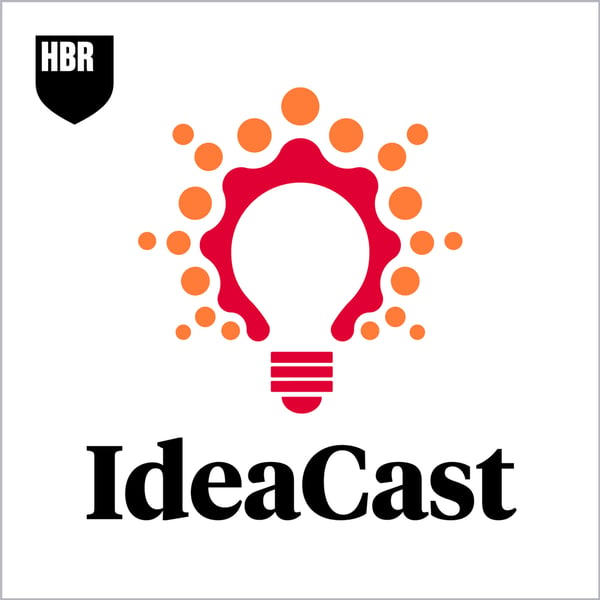How Hybrid Work Is (And Isn’t) Reshaping Cities
HBR IdeaCast
Harvard Business Review
4.4 • 1.9K Ratings
🗓️ 12 December 2023
⏱️ 32 minutes
🧾️ Download transcript
Summary
Transcript
Click on a timestamp to play from that location
| 0:00.0 | Hey everyone it's Kurt we need your help with our annual survey this is your last chance to help us get to know you so we can make idea cast even better for you |
| 0:09.8 | it's easy just go to HBR.org |
| 0:13.0 | podcast survey. |
| 0:15.0 | Again, that's HBR.org. |
| 0:17.0 | And thanks for listening. Welcome to the HBII Ideacast from Harvard Business Review. I'm Allison Beard. The kind of work we do has always been linked to |
| 0:51.4 | where we live from the days of the farmers living, well on farms, |
| 0:56.0 | to the sailors, longshoremen and financiers in the port cities that first powered global trade, |
| 1:01.0 | to the assembly line workers and tradesmen and the factory towns that drove the |
| 1:04.3 | industrial age. |
| 1:06.1 | Intellectuals, artists, and knowledge workers, what our guests today calls the creative |
| 1:10.0 | class, have meanwhile long clustered in big urban centers like London and New York. of But how is the rise of remote work and its accelerated adoption through the pandemic change that? |
| 1:26.0 | Now that technology allows us to work from anywhere, are big cities on the decline? |
| 1:31.0 | Richard Florida is a professor of the Rotman School of Management at the University of Toronto |
| 1:35.2 | and his latest research conducted with Boston Consulting Group paints a more nuanced picture. |
| 1:40.0 | He's co-author of the new HBR article The Rise of the Medicity and he joins me now. |
| 1:45.2 | Hi Richard. Hey Allison it's great to be with you and thanks for having me. So I explained a bit in the intro, but give us your quick version of why cities have always been a hub for |
| 2:05.3 | commerce and the creative class. If you think back for all of the millennia before now |
| 2:10.1 | a city a human settlement a place where people and businesses and economic activity |
| 2:16.6 | gathered was always physically delimited. |
| 2:19.9 | First, it was bordered or bounded by how far we could really walk, and maybe then how far we could ride an |
| 2:25.2 | animal, a horse or a mule. And then we began to develop these technologies, a horse-drawn |
| 2:30.3 | streetcar, and that expanded the boundaries of a |
... |
Please login to see the full transcript.
Disclaimer: The podcast and artwork embedded on this page are from Harvard Business Review, and are the property of its owner and not affiliated with or endorsed by Tapesearch.
Generated transcripts are the property of Harvard Business Review and are distributed freely under the Fair Use doctrine. Transcripts generated by Tapesearch are not guaranteed to be accurate.
Copyright © Tapesearch 2025.

